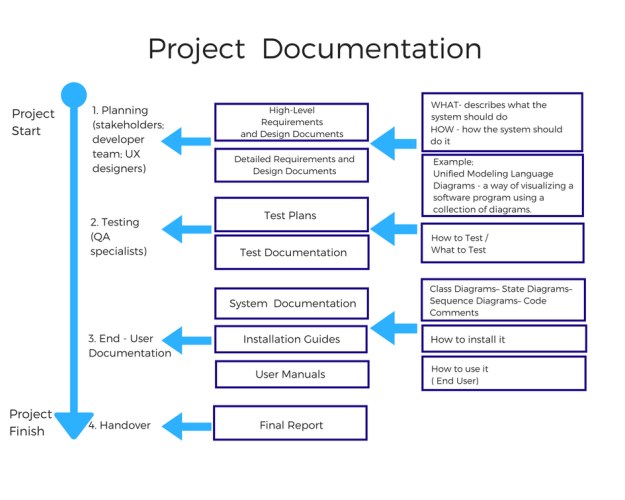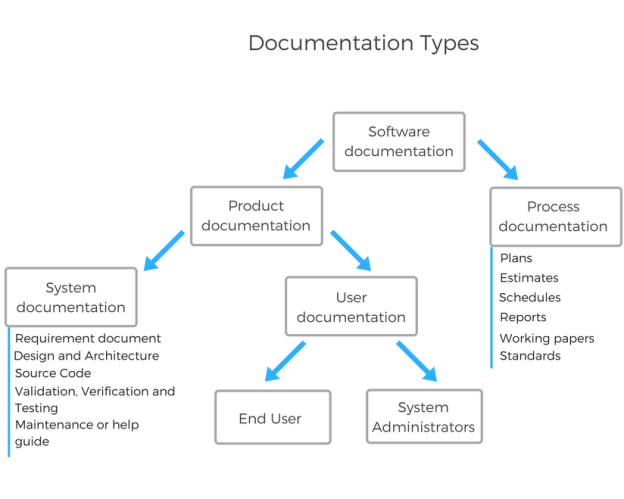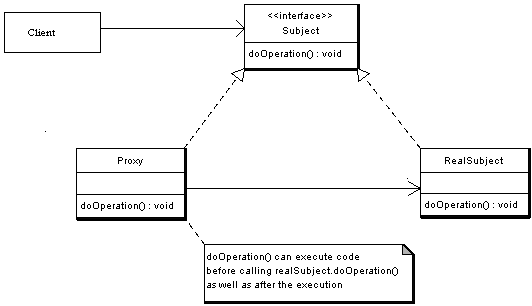What is data flow testing? As we looked at path testing in class, data flow testing is one of the testing strategies, which focuses on the data variables and their values, used in the programming logic of the software product, by making use of the control flow graph. Data flow testing is the form of white box testing and structural type testing, which generally keeps check at the points, where the data values are being received by the variables, and at the points, when it is called for use. It is used to fill the gap between the path testing and branch testing.
Data flow testing keep in check of the coding errors and mistakes, which may result in to improper implementation and usage of the data variables or data values in the programming code. If all the data variables, present in the programming code have been initialized, or data variables which are put into use, have been, priory initialized, and if the initialized data variables, has been used, at least once, in the programming code. The data used in programming code, the life cycle goes through 3 phases:
- Definition: data variables are defined, created and initialized, along with the allocation of the memory to that particular data object.
- Usage: Declared data variables may be used in the programming code, in two forms
- Deletion or Kill: Memory allocated to the variables, gets freed and is put into for some other use.
2 types of Data Flow Testing: static data flow testing study and analysis of code is done without performing the actual execution of the code such as wrong header files or library files use or syntax error. And dynamic data flow testing, this involves the execution of the code, to monitor and observe the intermediate results. It basically, looks after the coverage of data flow properties.
The coverage of data flow in terms of “sub-paths” and “complete path” may be categorized under following types: all definition coverage all definition-c use coverage, all definition-p use coverage, all use coverage, and all definition use coverage.
This blog goes over basically all what we look at in class, although there not a lot of new information. There are more information on this website, specially about testing.
From the blog CS@Worcester – Nhat's Blog by Nhat Truong Le and used with permission of the author. All other rights reserved by the author.

 We are looking at testing with
We are looking at testing with 


